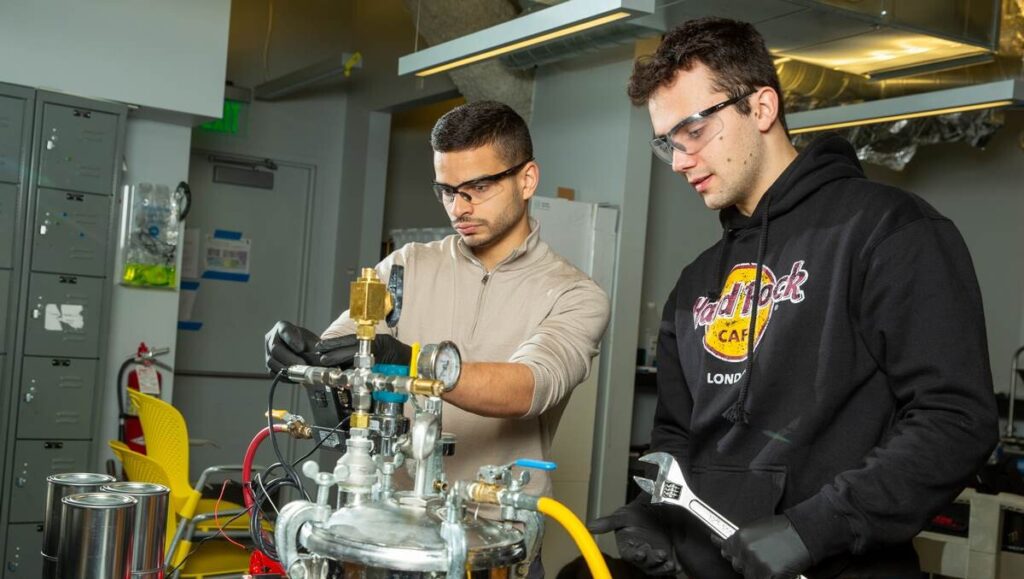MIT engineers have discovered an innovative chemical reaction that could allow maritime vessels to self-power using zero-emission hydrogen. This inventive process combines seawater and aluminum pellets, yielding substantial amounts of hydrogen gas, a potential alternative to fossil fuels in heavy machinery.
Interestingly, the process incorporated a surprising ingredient – coffee grounds, making it a sustainable solution as the aluminum can be sourced from recycled soda cans. Hydrogen, with zero carbon emissions, is being explored as a potential diesel replacement. Its only byproduct is water, offering a promising route for environmental sustainability.
For safety reasons, the concept of carrying large hydrogen gas tanks in vehicles has been deemed hazardous due to the gas’s volatility. Instead, the team, led by Aly Kombargi, a Ph.D. student in MIT’s Department of Mechanical Engineering, proposed using seawater as the hydrogen source and aluminum pellets as onboard fuel, reminiscent of coal usage in traditional steamships.
The process works by introducing pure aluminum to water, causing a reaction that generates hydrogen gas. To save costs, aluminum from soda cans could be used, but only after pretreatment with gallium indium, a rare and expensive alloy. The non-pure aluminum in cans develops a protective oxide barrier when exposed to air, preventing the reaction.
Cost reductions would be feasible if the alloy could be recovered, possible when protected by an ionic barrier. Conveniently, seawater offers such a solution, enabling Kombargi to extract gallium indium post-reaction. The process, however, is lengthy, taking roughly two hours to complete. The team found that adding coffee – specifically imidazole, an active ingredient in caffeine – reduced the reaction time to just five minutes.
With these components, the team estimated that 1 gram of pretreated aluminum pellets could produce 1.3 liters of hydrogen in a mere 5 minutes. These findings could revolutionize maritime power sources, with an initial focus on marine and underwater vehicles. A reactor that holds approximately 40 pounds of aluminum pellets could power a small underwater glider for about a month by pumping in surrounding seawater and generating hydrogen for the motor.
This surprising interaction between these three common items is now a trending topic among environmental researchers and hobbyists.
This clear evidence of caffeine’s protective effect against seawater has sparked speculation about its potential application in other areas. It’s becoming a focal point for discussions about novel ways to prevent metal corrosion, especially in marine environments.





